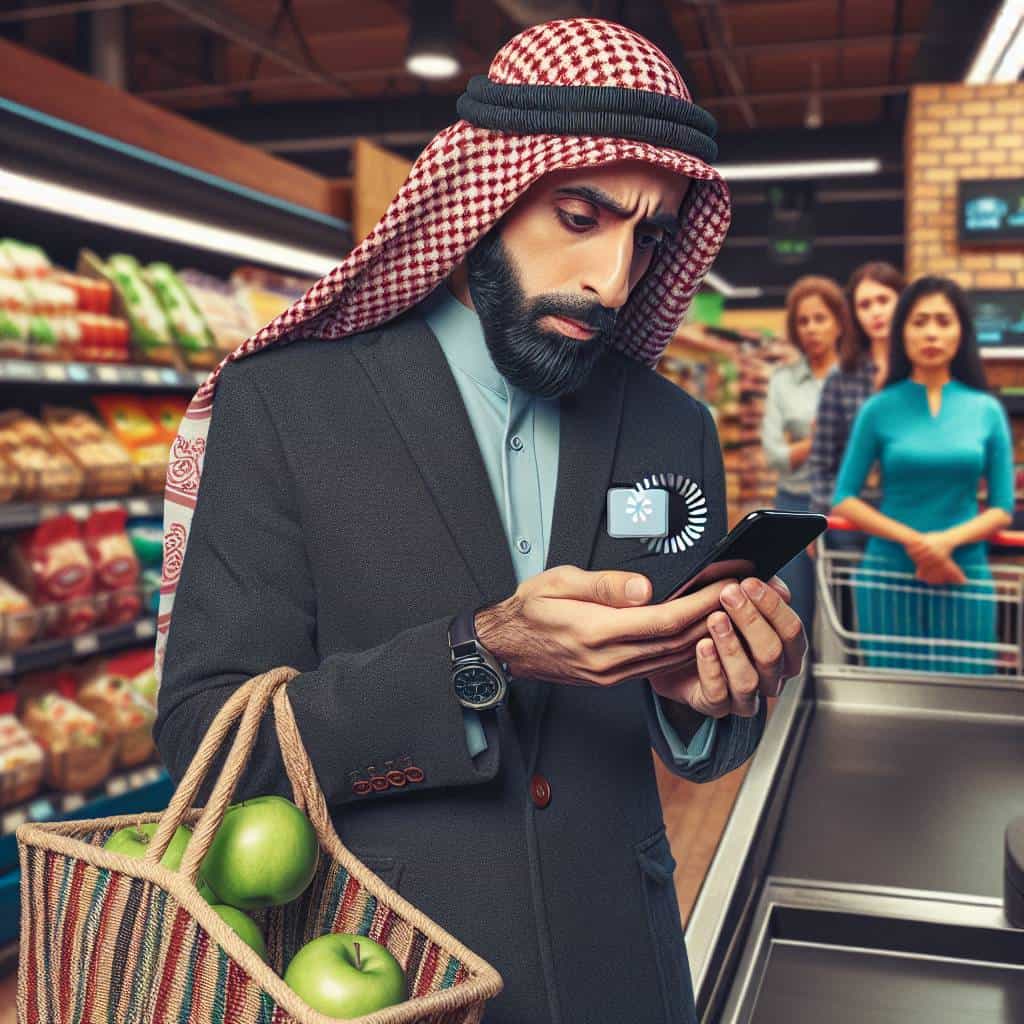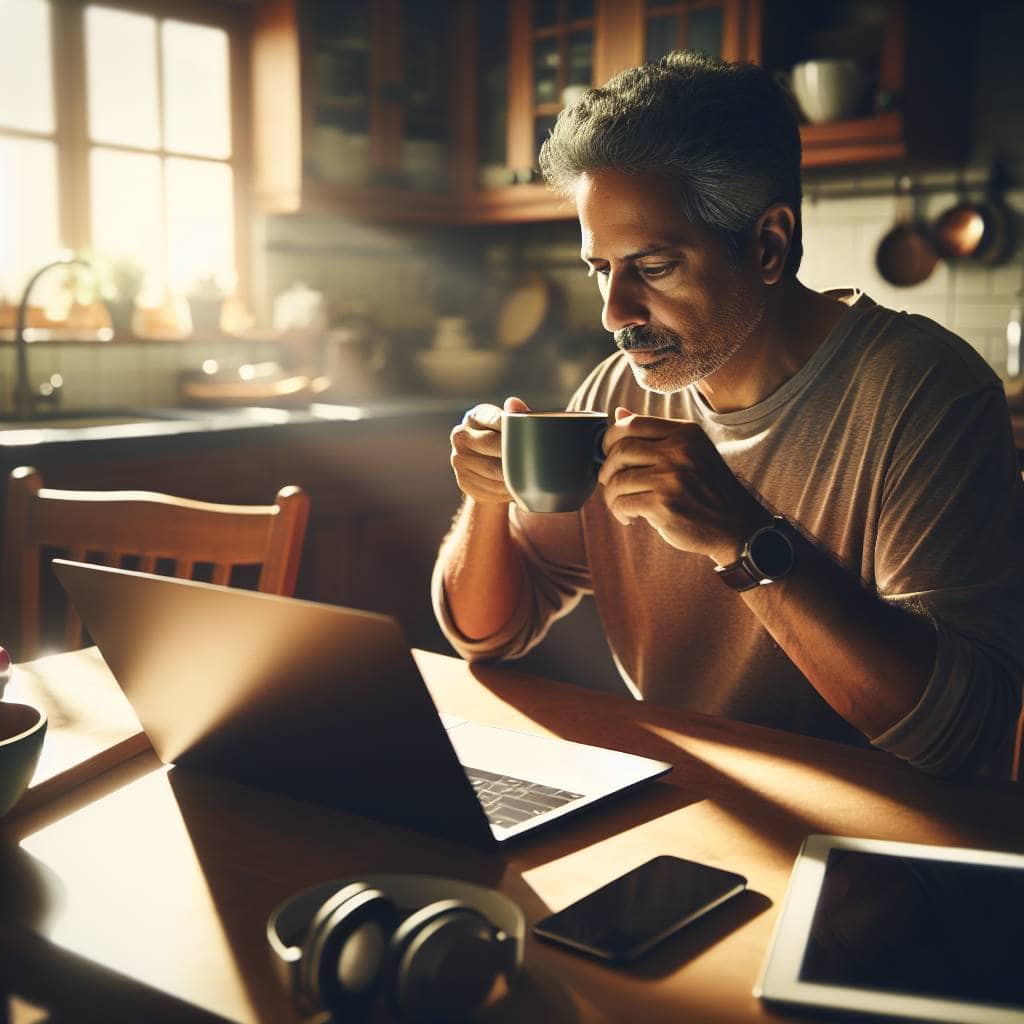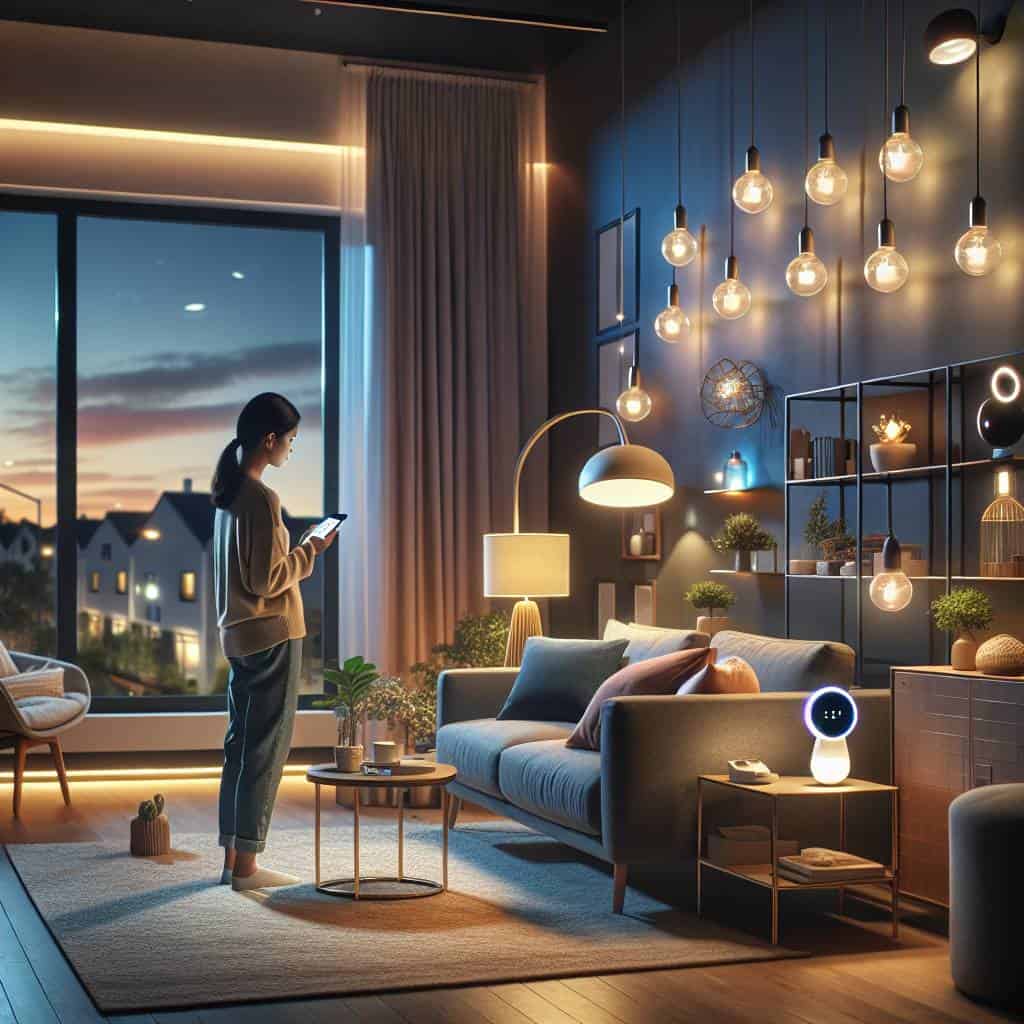I remember the first time I tried to pay for my groceries with a mobile app. There I was, standing in line at the local grocery store, juggling my phone and a bag of apples, feeling like a tech-savvy wizard. But as I tapped my screen with the confidence of a magician about to pull a rabbit from a hat, the app decided to betray me. A spinning wheel of doom appeared, mocking my attempt at modern convenience. Meanwhile, the line behind me grew longer, and I could feel the stares of fellow shoppers burning holes into the back of my neck. You know that feeling when technology chooses the worst moment to stage a mutiny? Yeah, me too.

But here’s the thing—despite their quirks, secure mobile payment apps are more than just a necessary evil. They’re a lifeline to a world where contactless is king, and transactions are whispers in the ether. In this article, we’ll dive headfirst into the ins and outs of these digital wallets, exploring how they integrate with your bank, send you alerts like a vigilant guardian, and make you feel like you’re living a few clicks ahead of the curve. So, buckle up, because it’s time to lift the curtain on the reality of trusting tiny bits of code with your hard-earned cash.
Table of Contents
My Love-Hate Relationship with Contactless: When Transactions Get Too Personal
Contactless payments are like that overly enthusiastic friend who hugs you a little too tightly. You know the one—too close for comfort, but undeniably convenient when you’re juggling a coffee and a croissant while sprinting to the bus stop. As much as I appreciate the ease of simply tapping my phone to pay, there’s a whisper of unease that follows. It’s the same feeling you get when someone knows a bit too much about you. Because, let’s face it, these transactions are quietly taking notes on my every indulgence—be it a late-night taco run or a spontaneous book purchase. Each alert from the bank feels like a nudge, a reminder that my financial moves are under constant surveillance, and while it’s meant to provide security, it sometimes feels more like scrutiny.
Integration, they say, is the future—your bank, your spending habits, all seamlessly woven into the digital fabric of your life. But isn’t there something a bit unnerving about your wallet being a part of this tapestry? It’s like inviting a stranger into your home, hoping they don’t start rearranging the furniture. Sure, secure mobile apps promise a fortress around your finances, but there’s an intimacy to these contactless transactions that’s hard to ignore. The irony isn’t lost on me: while I revel in the sheer simplicity of a tap-and-go lifestyle, I can’t help but wonder if I’ve traded a bit of my autonomy for this convenience. It’s a dance of trust and trepidation, where the rhythm of technology sometimes steps too close to the beat of my personal life.
The Price of Convenience
In the end, trusting a mobile app with my financial life feels a bit like handing the keys of my beloved car to a stranger. Sure, it might get me where I need to go faster, but there’s always that nagging worry in the back of my mind—will it stall at the worst possible moment? These little devices, with their seamless integration into our daily routines, have made transactions both terrifyingly personal and shockingly impersonal. Alerts ping with every purchase, reminding me that my bank account is just a few taps away from emptying itself, all in the name of convenience.
Yet, I can’t help but marvel at the sheer brilliance of it all. A world where I can buy a coffee, pay my bills, and even donate to a cause—all without ever reaching for my wallet. Sure, I miss the tangible feel of cash sometimes, but this digital dance has its own rhythm. And perhaps that’s the real crux of my journey: finding balance in a world that’s constantly spinning faster. Embracing the future while holding onto the past, and hoping that somewhere between the alerts and the transactions, I’ll find a way to keep my feet on the ground.


